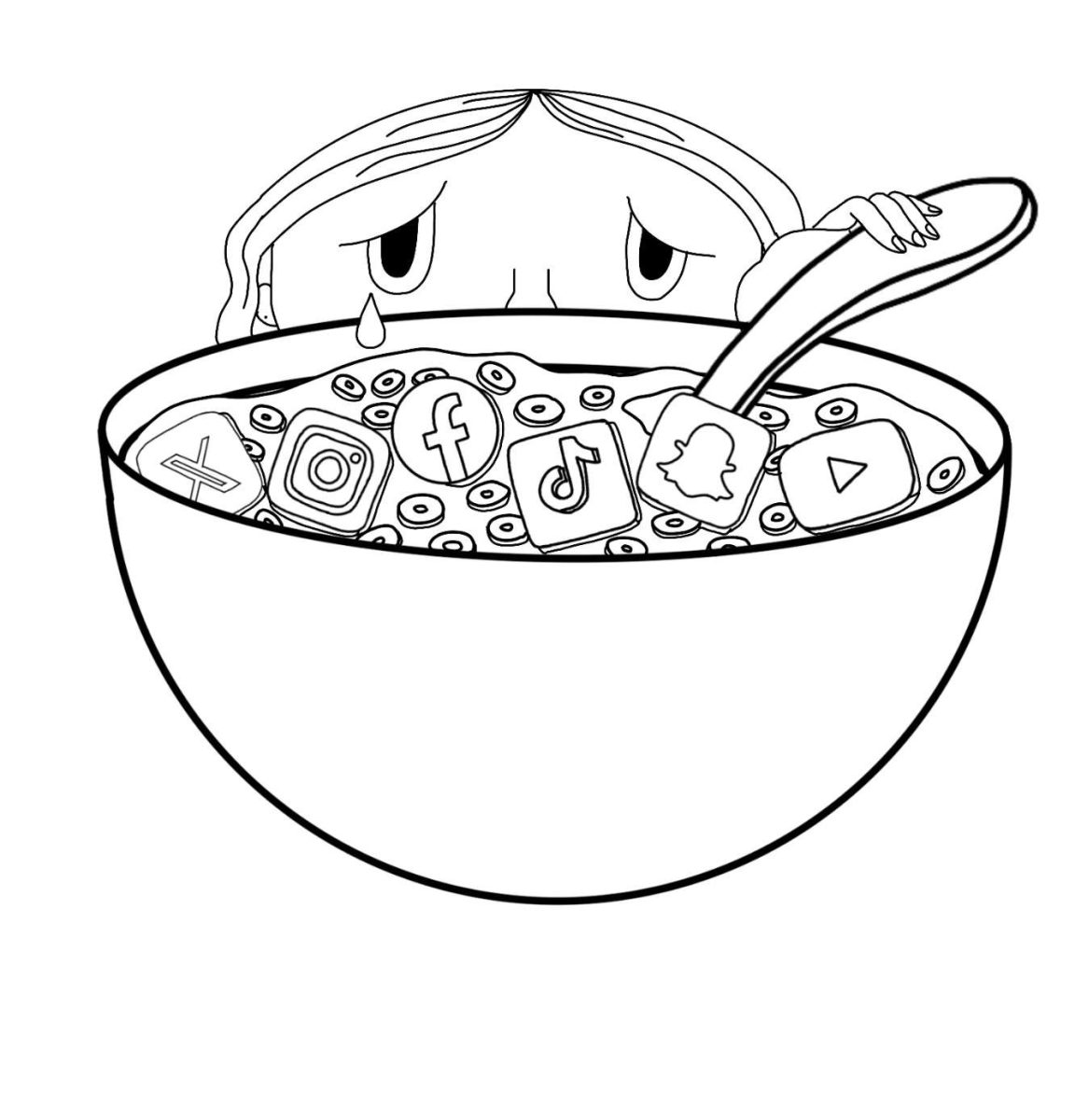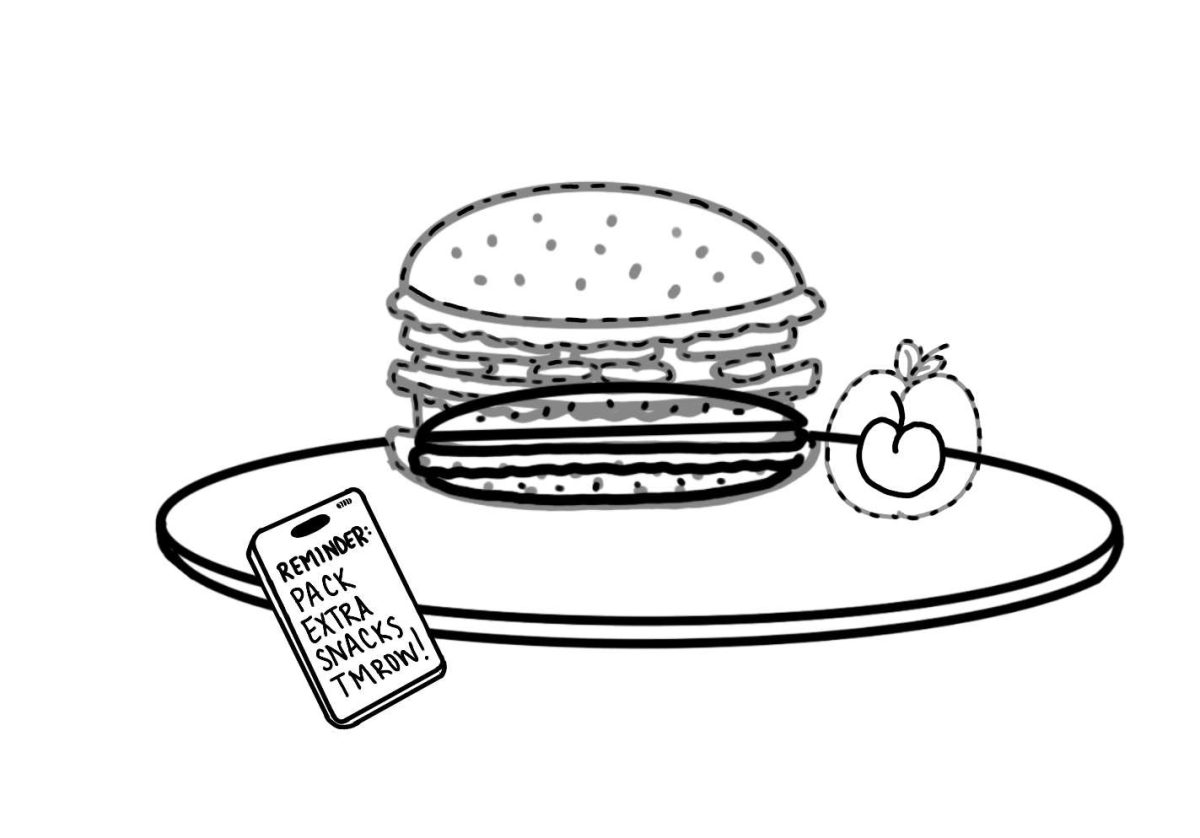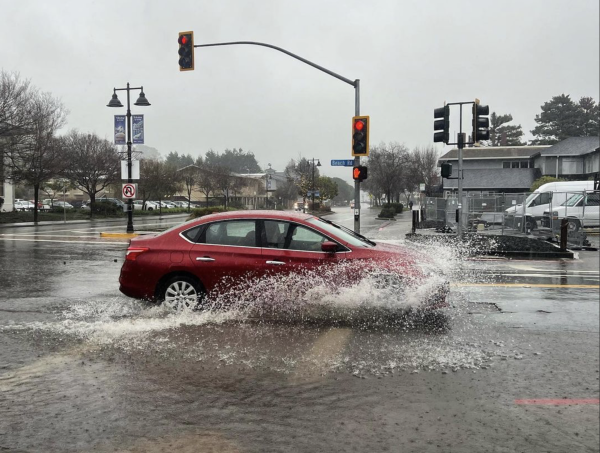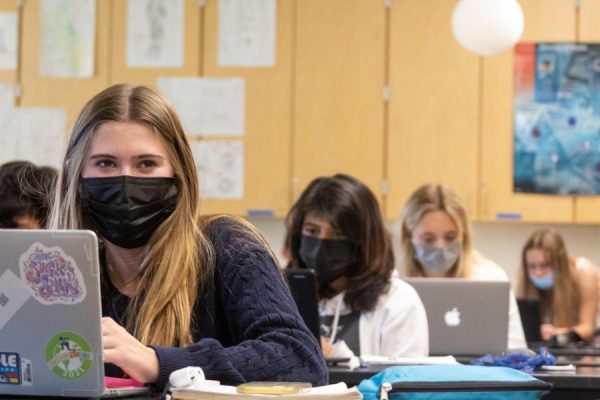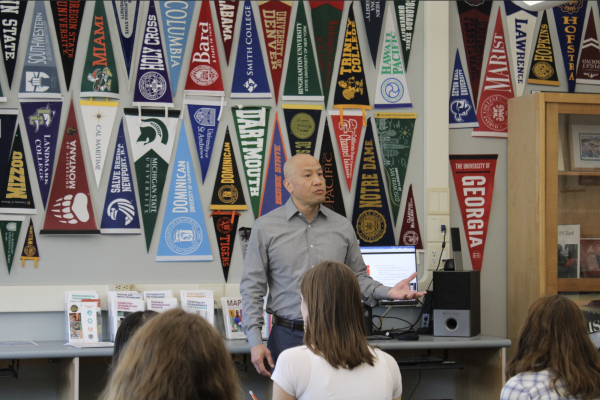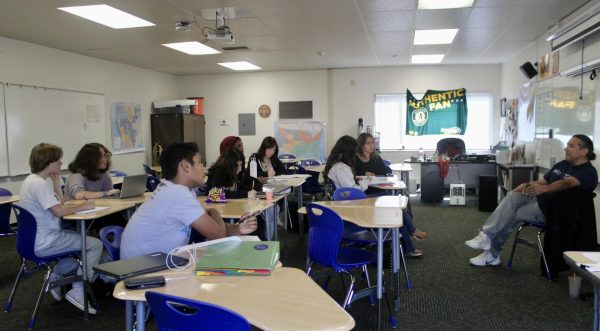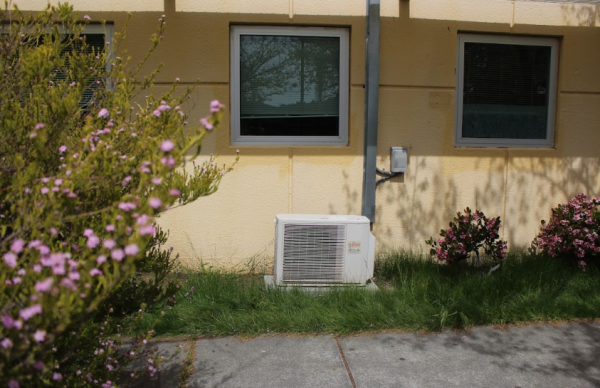Returning to normalcy: what California might look like this summer
June 8, 2021
On June 15, Gov. Gavin Newsom plans to fully reopen California if certain COVID-19 conditions are maintained, as announced in an Apr. 6 press conference. The state’s initial COVID-19 response plan, Blueprint for a Safer Economy, which established the tier system in August 2020, will also be left behind this June. However, this goal is dependent on two factors: enough vaccine supply for Californians 12 years and up who wish to be inoculated and very few hospitalizations for COVID-19 patients.
As stated in the announcement, life in California after June 15 will look very similar to pre-pandemic times; businesses can fully open and enforce their own risk reduction measures, such as encouraging mask-wearing. Large-scale indoor events will also be permitted with testing or vaccination requirements.
With COVID-19 mortality rates dropping, cases declining and 16 out of 58 California counties currently approaching the less restrictive tiers of orange (tier three) and yellow (tier four), Newsom says the odds of reaching the reopening criteria are looking good for California. Marin currently resides in tier three with 2.1 adjusted cases per day per 100,000 residents.
“We are seeing bright light at the end of the tunnel, and on June 15, if we continue that good work, we will have moved beyond [the tier system] and we will be opening up this economy business as usual,” Newsom said.
Although the governor’s announcement has many local business owners excited for summer, some are still taking into consideration the uncertainty of these plans. Dustin Sullivan, owner of Kentfield restaurant Guesthouse Marin, feels that his restaurant is fully prepared to jump back into everyday business operations with renewed energy, but he still plans to proceed with caution.
“We’ll be ready but we remain skeptical and cautious. We’re optimistic for June 15 and we’ll follow whatever guidelines the state and the CDC layout,” Sullivan said.
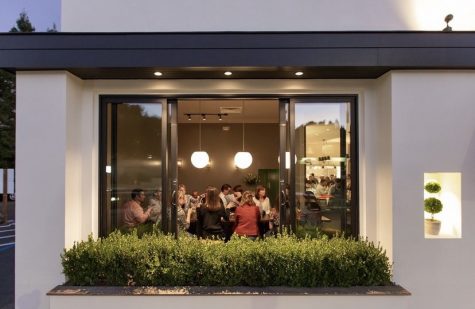
During pre-pandemic times, Guesthouse Marin was a successful local restaurant. Over quarantine, they were selling their food through solely to-go services before February 2021, when restaurants were allowed to do indoor dining service at 50 percent capacity. Like many other local restaurants, they found it challenging to generate revenue under Marin’s restrictions and Sullivan is enthusiastic to reclaim what the pandemic took from the restaurant.
“We always had a really lively bar scene at our restaurant and you still can’t have a packed bar so we’re looking forward to the time when we can have a [full] bar again,” Sullivan said.
Over the past year, the importance of local eateries and shops has become increasingly critical to the zest of Marin County. According to Sullivan, Guesthouse Marin was able to stay afloat during restaurant closures partially because of the strong connection between his restaurant and the Marin community.
Not only has California’s reopening process positively impacted small businesses, but it has also helped health care clinics get back to treating their patients with minimal restrictions. Lauren Pitts, a nurse navigator at Marin Health Breast Health Center and member of the county’s COVID-19 response team, is confident in California’s ability to reopen this summer.
“I’m looking at reopening as a risk-benefit ratio. Right now, under the lens of where we are currently with infection rates, the statistical odds of getting COVID-19 in California today is so low that the risk of keeping us closed is much greater than it is to open up,” Pitts said.
Risks like economic instability and mental health are concerns that could worsen if the state remains only partially open, according to Pitts. In light of the announcement, Pitts sees a promising future for healthcare in Marin and, more specifically, preventative treatments for illnesses. Pitts believes embracing the governor’s plans will have a significant impact on individual health, because those who were hesitant to receive preventative medical services will return to medical offices.
“We need to move ahead right now with the information we have today in an educated manner, having science guide us. It would be more costly to stay at restricted levels given where we are currently and that is [always] subject to revaluation,” Pitts said.
With vaccination rates increasing, Newsom’s report suggests the state is making notable progress. While Californians can anticipate a less restrictive summer this year, Newsom continues to remind people that the work is not done yet.
“We will need to remain vigilant, and continue the practices that got us here – wearing masks and getting vaccinated – but the light at the end of this tunnel has never been brighter,” Newsom said.


